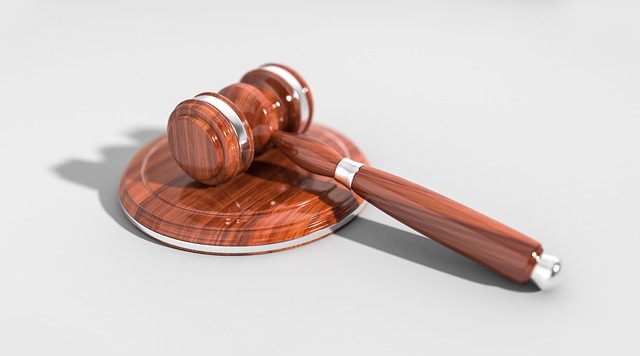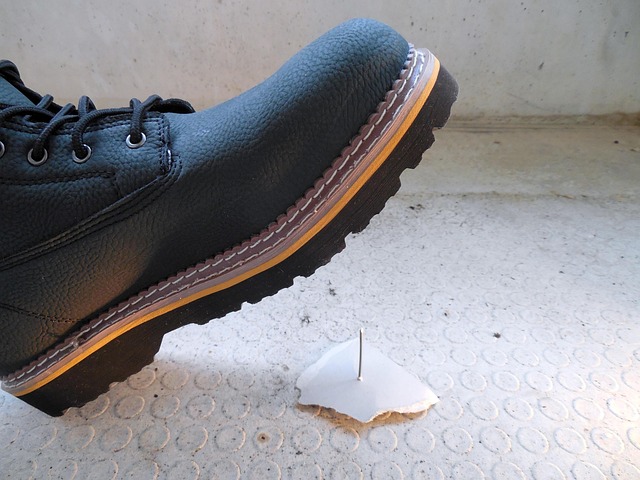After a tractor trailer accident, immediate scene security is vital for legal and insurance purposes. This includes hazard assessment (e.g., fuel leaks, unstable cargo), blocking off access, setting up barriers, and thorough documentation via photos/videos. Key details to capture are damage to the tractor-trailer and cargo, road conditions, weather factors, and evidence of improper securing practices, aiding in liability determination and supporting personal injury claims.
“In the aftermath of a tractor-trailer accident, proper scene documentation is crucial for claims processing and legal proceedings. This guide offers essential tips for professionals and individuals navigating these critical steps. From initial safety assessments and hazard identification to gathering evidence, taking photographs, and recording witness statements, each phase demands meticulous attention. Effective data collection, including insurance details, repair estimates, and medical records, ensures a robust case. Learn how to transform the accident scene into a comprehensive, organized record for successful claims management.”
- Assessing the Scene and Ensuring Safety
- – Evaluating immediate dangers and securing the area
- – Checking for hazards like leaks from the tractor-trailer
Assessing the Scene and Ensuring Safety

After a tractor trailer accident, assessing the scene is crucial for understanding what led to the incident and gathering evidence that can support personal injury or wrongful death claims. The first step is to ensure safety – block off the area if possible, direct traffic away from the site, and turn on emergency lights or flares to make the hazard visible. Once safety is secured, document the location, conditions, and surroundings using both photos and video. Capture clear images of the tractor trailer’s damage, the point of impact, road conditions, weather factors, and any obstructions that might have contributed to the accident.
Additionally, assess the extent of any visible serious injuries among those involved. Documenting the scene thoroughly is critical not only for insurance claims but also for legal proceedings, as it can help establish liability and provide a clear picture of what transpired, supporting personal injury or wrongful death claims in court.
– Evaluating immediate dangers and securing the area

In the chaotic aftermath of a tractor-trailer accident, one of the first steps for responders is to carefully assess and evaluate immediate dangers. This crucial process involves quickly identifying potential hazards such as leaking fuels, hazardous materials, or unstable cargo that could pose risks to emergency personnel and nearby individuals. Securing the area is paramount; blocking off access points, setting up barriers, and ensuring no bystanders enter the danger zone are essential measures to prevent further accidents and protect lives.
A strategic approach to managing the scene can significantly impact the subsequent business litigation and homeowner insurance claims process. Accurate documentation of the initial assessment, including any visible damage, witness statements, and safety precautions taken, is vital for an auto accident attorney representing involved parties. This comprehensive documentation not only facilitates quicker claim settlements but also serves as a reliable reference during legal proceedings.
– Checking for hazards like leaks from the tractor-trailer

After a tractor-trailer accident, one of the initial steps is to assess the scene and identify any potential hazards. It’s crucial to check for leaks from the damaged vehicle, as this can pose significant risks to emergency responders and bystanders. Fluids like diesel, gasoline, or cargo contents could spill, creating slippery conditions and environmental hazards. Additionally, assessing the stability of the tractor-trailer is essential; a precarious load or structural damage might cause further instability, complicating rescue efforts.
Proper documentation of these details is vital for insurance claims and legal proceedings related to property damage and potential liability. Photographers or video recorders should capture clear images of the scene, including any visible damage to the trailer, its cargo, and surrounding vehicles. Note any signs of a breach of contract, especially regarding proper securing of cargo, which could lead to serious injuries or further accidents.
Documenting the scene of a tractor-trailer accident is crucial for effective investigations and legal proceedings. By carefully assessing immediate dangers, securing the area, and identifying potential hazards like leaks, you ensure both safety and gather essential evidence. These steps are vital in accurately reconstructing the incident, helping to determine liability, and facilitating a swift resolution.






